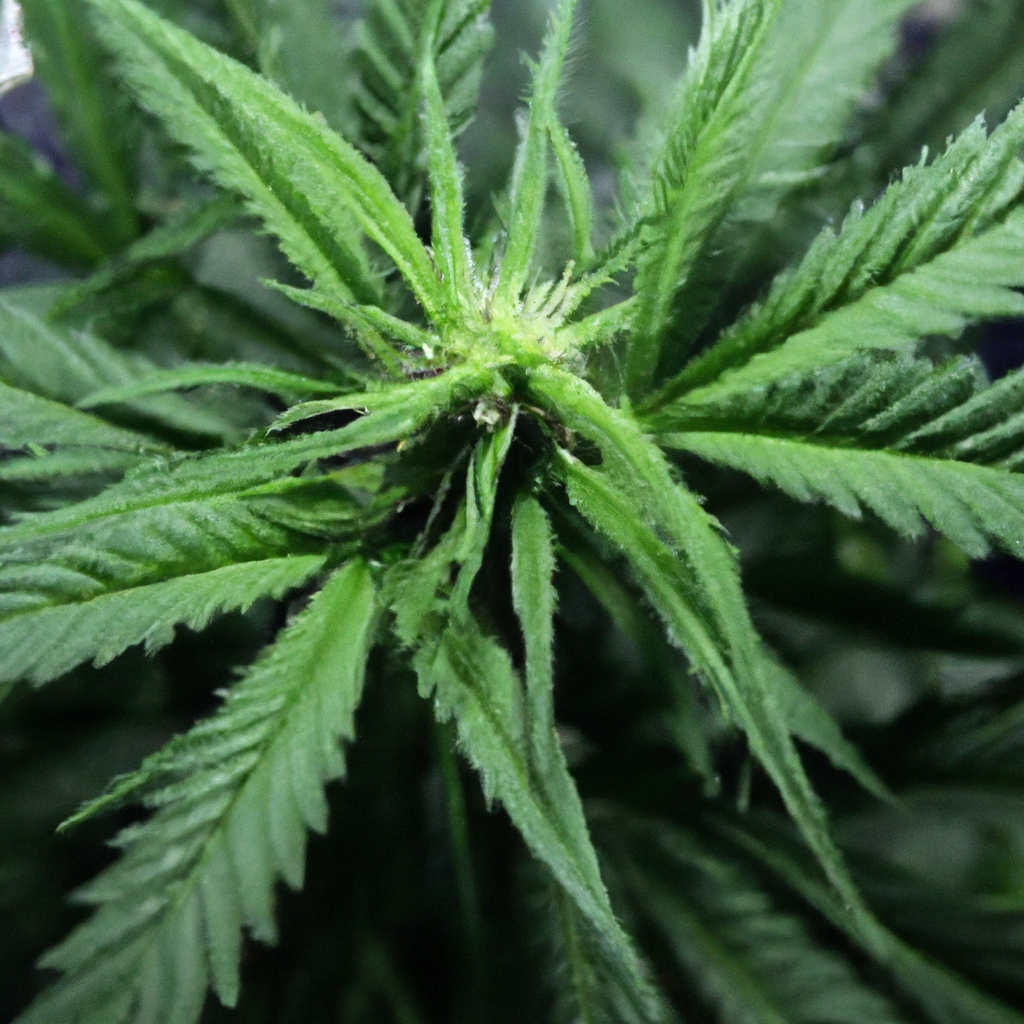Your cart is currently empty!
Growing cannabis doesn’t have to be complicated or intimidating. With the right techniques, even beginners can achieve bountiful harvests. One such effective method is Low-Stress Training (LST), a straightforward approach that enhances plant growth without harsh interventions. This article will guide you through the essentials of LST and how it simplifies cannabis cultivation.
What is Low-Stress Training?
Low-Stress Training is a cultivation technique that involves gently bending and tying down branches of the cannabis plant to modify its shape and optimize light exposure. Unlike more aggressive methods like topping, LST minimizes plant stress, reducing the risk of shock and promoting healthier growth.
Benefits of Low-Stress Training
- Increased Light Exposure: By spreading out the plant’s canopy, LST allows more light to reach lower branches, promoting more even growth.
- Boosted Yield: Maximizing light exposure to all parts of the plant can significantly increase harvest output.
- Space Efficient: LST helps plants grow in a controlled manner, making it ideal for limited growing spaces.
- Reduced Risk of Stress: Unlike high-stress techniques, LST gently guides plant growth, which maintains plant health and vigor.
How to Perform Low-Stress Training: Step-by-Step
- Preparation: Ensure your plants have a healthy start and are ready for training. Use soft ties, like garden twist ties or yarn, to avoid cutting into stems.
- Bending the Stems: Identify the branches that need reorientation to expose them to light. Begin bending them gently while supporting the stem near the base to prevent damage.
- Tie Down the Branches: Secure the bent branches to the side of the pot or the ground. Ensure that the ties are not too tight and check back periodically to adjust as the plant grows.
- Maintenance: Continue monitoring and adjusting your ties as the plant develops. Routinely check for proper light distribution and plant health.
Common Challenges and Solutions
While LST is generally straightforward, growers may face some challenges:
- Breaking Branches: If a branch snaps, use tape to repair and support it immediately. Most healthy plants can recover from minor breaks.
- Unnecessary Stress: Be patient and gentle while training. If a plant shows signs of stress, pause to let it recover before continuing.
- Inconsistent Growth: Regularly adjust ties to ensure even growth and adequate light exposure throughout the plant.
Conclusion
Low-Stress Training is a highly rewarding technique that helps you maximize your cannabis plants’ potential. By spreading out branches to capture more light while maintaining plant health, LST offers a simplified path to achieving impressive yields. Start integrating LST into your cultivation practice today and watch your cannabis garden flourish.
Tags: Cannabis Cultivation, Low-Stress Training, Cultivation Tips, Growing Tips, CannabisCulture
Discover more from Magic Clones
Subscribe to get the latest posts sent to your email.


Leave a Reply